In yesterday’s post, we looked at some common questions about volunteering in schools. One of the questions was, “Is mentoring right for me?” Today, we look at the positive role mentors can play in a student’s life.
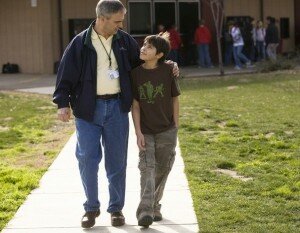 Mentoring is an extraordinary commitment that can yield extraordinary results. Working with a single student or a small group, a mentor acts as a guide to the larger world outside of school and home, serves as a role model, helps students make positive life choices, listens to concerns, supports interests, and opens children’s eyes to new possibilities. Mentors dedicate time to helping students academically, socially, mentally, and physically, as necessary. Their roles include:
Mentoring is an extraordinary commitment that can yield extraordinary results. Working with a single student or a small group, a mentor acts as a guide to the larger world outside of school and home, serves as a role model, helps students make positive life choices, listens to concerns, supports interests, and opens children’s eyes to new possibilities. Mentors dedicate time to helping students academically, socially, mentally, and physically, as necessary. Their roles include:
- A long-term commitment to the program.
- Helping students develop personal interests outside of school.
- Helping students become involved in all aspects of school.
- Being sincere, committed, and punctual for scheduled meetings.
- Developing a level of trust with the student. A trusting relationship is the foundation for successful work.
- Being a positive role model.
- Listening effectively. Sometimes, the mentor is the only person that the student has identified as one who will listen to his/her concerns and problems.
- Helping the mentee set short and long-term goals.
Help students to help themselves
There is a big difference between offering solutions and helping a student discover his/her own options. Helping students develop problem-solving and decision-making skills will put them on the road toward independence, and the realization that they can direct the course of their lives.
Help students with their problems
A mentor is there to assist with problems such as issues with: self-confidence, interpersonal conflicts, school attendance, or goal setting.
This doesn’t mean that the volunteer plays the role of counselor, social worker, or parent. Volunteers are there to offer support, encouragement, and to give positive reinforcement. By listening and asking open-ended questions, a mentor can gently guide the student toward finding his/her own solution. As with all volunteers, a mentor must consult a teacher, administrator, or school counselor if it seems that a student needs additional help.
Help students build self-confidence
Students may feel enormous pressure from home, school, or peer relations, and lack the self knowledge and confidence necessary to navigate challenging situations. By showing care for and belief in a student, a mentor can encourage a student to raise his/her expectations and make positive decisions.
Statements such as these can help build self-esteem:
- I like how you handled that!
- I see that you are making a real effort or trying very hard.
- I know you can do this!
- What are your thoughts or ideas about this?
Help students develop interpersonal skills
Even students who communicate well with peers may not know how to interact appropriately with adults. Mentors should model appropriate communication and behavioral skills. A volunteer can teach little things such as looking someone in the eyes when speaking to them, speaking clearly, practicing good manners, and addressing adults politely. Remember, students will learn by watching and interacting positively with role models.
Are you a mentor? Let us know about your experience in the comments!

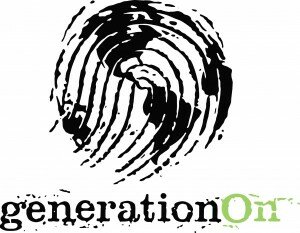

 Learning to Give offers lesson plans, activities and resources to educate youth about the power of philanthropy — sharing time, talent, and treasure.
Learning to Give offers lesson plans, activities and resources to educate youth about the power of philanthropy — sharing time, talent, and treasure. 2.
2.  6.
6.  By Jon Mann
By Jon Mann will present a very interactive and useful workshop that introduces the site and engages attendees in hands-on use of its tools.
will present a very interactive and useful workshop that introduces the site and engages attendees in hands-on use of its tools.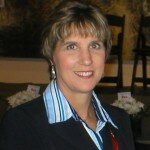
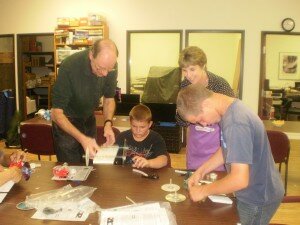 The student volunteers have a variety of
The student volunteers have a variety of 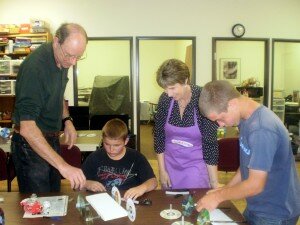
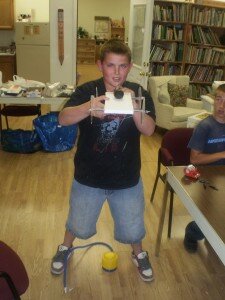 At the end of the school year the students proudly presented me with a handmade card signed by each of them telling me how much they appreciated the opportunity of volunteering and all that they learned.
At the end of the school year the students proudly presented me with a handmade card signed by each of them telling me how much they appreciated the opportunity of volunteering and all that they learned.
 Here are a few highlights:
Here are a few highlights: Portland, ME., one of the newest AmeriCorps Alum chapters, built a nature trail, while Portland, OR., restored river banks, including building 300 feet of split rail fence. Washington D.C. held an AmeriCorps night at the Nationals MLB game, cleared neighborhoods of debris left by record snowfalls this past winter, and held a “speed networking for good”.
Portland, ME., one of the newest AmeriCorps Alum chapters, built a nature trail, while Portland, OR., restored river banks, including building 300 feet of split rail fence. Washington D.C. held an AmeriCorps night at the Nationals MLB game, cleared neighborhoods of debris left by record snowfalls this past winter, and held a “speed networking for good”.
 This past weekend, I had the honor of addressing the graduating class of
This past weekend, I had the honor of addressing the graduating class of 
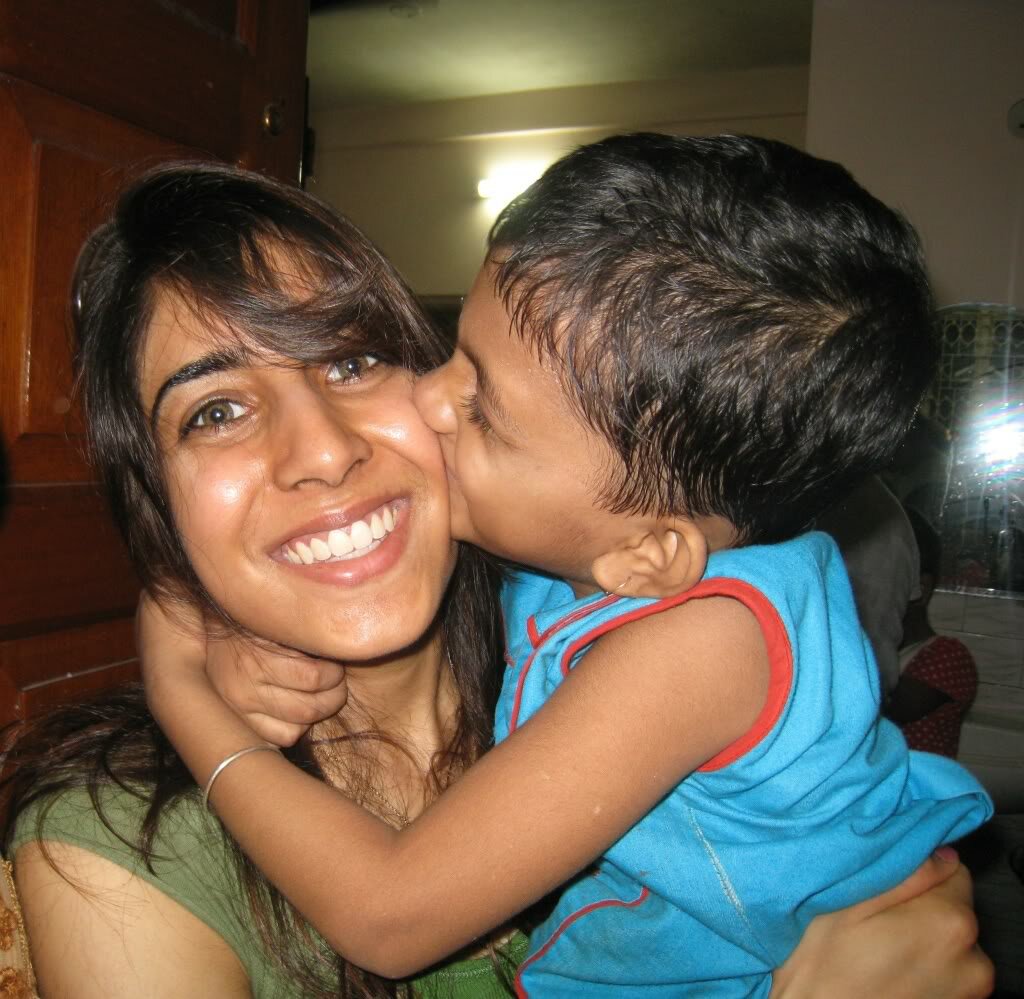

 Twice during the summit, we’ll call out the reigning Mayor and, each time, he or she will receive a $100 gift card from
Twice during the summit, we’ll call out the reigning Mayor and, each time, he or she will receive a $100 gift card from 
 Usually service-learning refers to volunteerism used as a tool to enhance the teaching of K-12 curriculum.
Usually service-learning refers to volunteerism used as a tool to enhance the teaching of K-12 curriculum.

